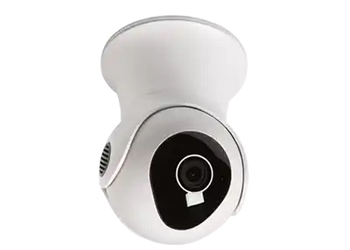
A Guide to PAT Testing
Portable Appliance Testing (PAT) is one of several ways to ensure the electrics in multiple occupancy buildings are safe for workers or residents. While you may have seen green PAT stickers on appliances, you might not know why it’s so important that this test is done. Read on to learn more, including who can carry out a PAT test.
What is PAT Testing?
Put simply, PAT Testing is a process of ensuring that any portable appliances are safe for use. There are 3 steps for this:
- Regular informal checks by users
- A formal visual inspection
- An electrical examination using a PAT Testing device
Why is PAT Testing important?
Improperly maintained electrics can pose a serious threat, including shocks, burns, and fires. The electricity at Work 1989 Regulations stipulate that there is a legal responsibility of employers and building managers (e.g. student accommodation) to ensure that all electrical equipment is safe.
While PAT Testing is not specifically required, it is a simple, accurate way to ensure compliance to this regulation.
It is also a more cost effective method of testing a large number of appliances, which makes it a popular choice for big buildings.
What does a PAT Test involve?
The formal section of a PAT Test involves a visual inspection and use of a PAT Testing device.
The visual inspection covers:
- The plug – looking for burns, bent pins, cracks, or incorrect/faulty wiring
- The cable – looking for wear and tear or exposed wiring
- The appliance – a general check for any damage like burns, wear and tear, and cracks
- The mains socket – again, looking for burns, cracks, wear and tear, etc
- The RCD – if an RCD is fitted this will be checked to be in working order
- The environment – checking the area around the appliance for any hazards
The device will then be tested using the PAT Tester. This will measure a number of things like the earth continuity, lead polarity, and insulation resistance.
It is then up to the person performing the test to decide if a device has passed or failed based on their findings.
What happens if my appliance fails a PAT Test?
Whether your device passes or fails, it will have a sticker placed on it. If it fails, it will need to be removed from use immediately as it has been deemed unsafe.
Then, depending on the fault, you can choose to either repair or replace the appliance. If you repair it, it will need to have another PAT Test before it can be used again.
